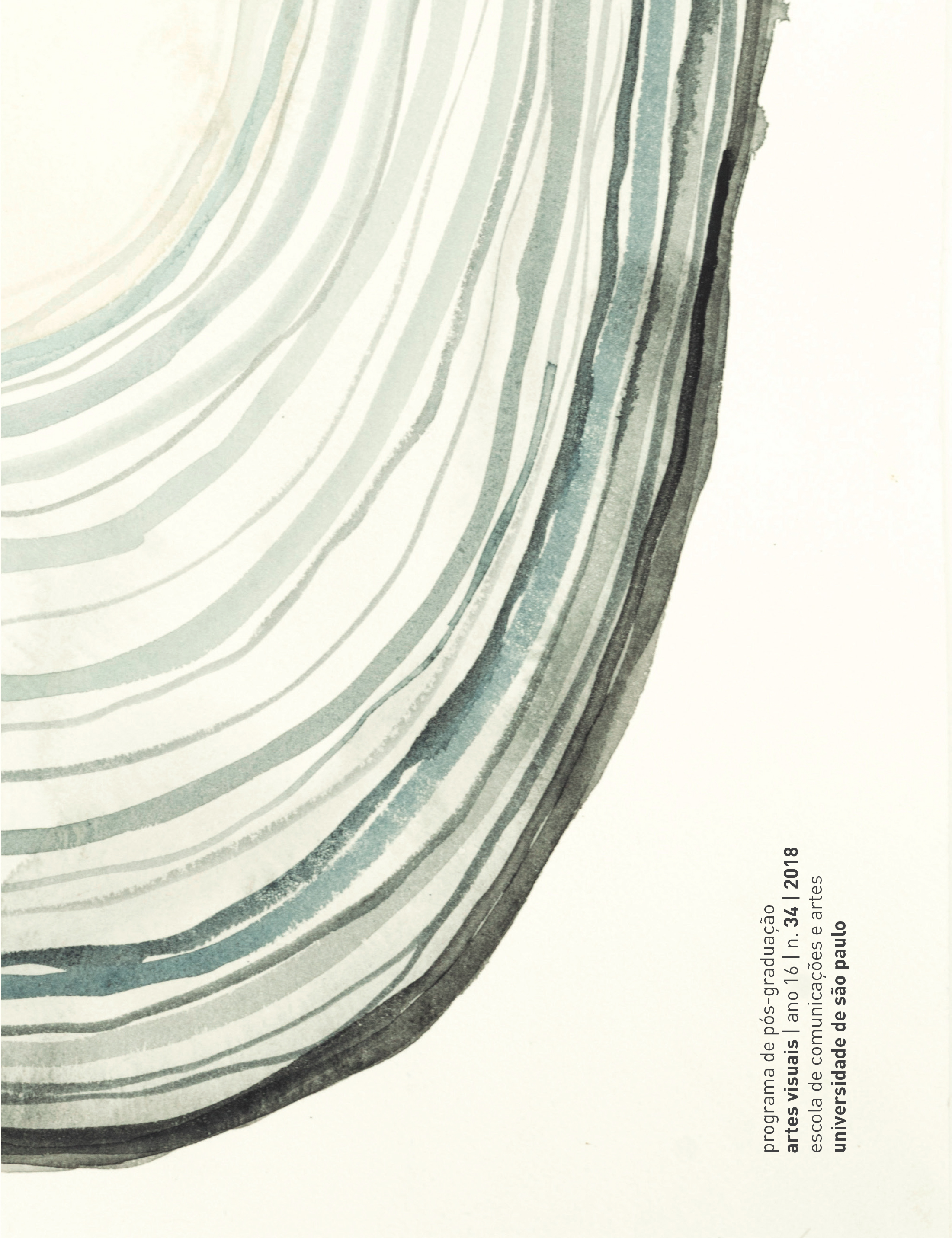Mário Pedrosa
the ideas
DOI:
https://doi.org/10.11606/issn.2178-0447.ars.2018.150520Keywords:
art criticism in Brazil, autonomous art in Brazil, abstract art in Brazil, concrete art, neo-concrete artAbstract
This paper aims to trace out Mário Pedrosa’s path through concepts since his beginnings of authentic perplexity on to the position which would single him out, that in favor of constructivist abstract art. To the latter he attributed, by way of “Physiognomic primary form”, the mission of dissolving all antagonistic forms of human knowledge and to lead modernity back to original forms of sociability. This millenarian bent of his knew setbacks since the 1950s when informal art and abstract expressionism brock upon the scene. Nonetheless Pedrosa found productions that he thought to work in the real space of life, such as Brazilian architecture and neoconcretist artists Oiticica and Clark. In his last writings in the 1970s, Pedrosa still upheld his millenarian view of art on the basis of the same authors he cherished from the outset.
Downloads
Downloads
Published
Issue
Section
License
The responsibility for obtaining written permission to use in the articles materials protected by copyright law lies entirely with the author(s). Ars is not responsible for copyright breaches made by its collaborators.
The authors have the copyrights and grant the journal the right of the first publication, with the article licensed under the Creative Commons BY-CC License.
Licensees have the right to copy, distribute, display, and carry out the work and make derivative works from it, including with commercial purposes, granted that they give the due credit to the author or licensor, as specified by them.
Licensees compromise to inform the appropriate credit, provide a link to the license, and indicate if changes were made.
Respected the terms of the license, the licensors/authors are not allowed to revoke the conditions above mentioned.
After the publication of the articles, the authors keep the copyrights and the rights to republish the text exclusively in unpublished books and collections.


